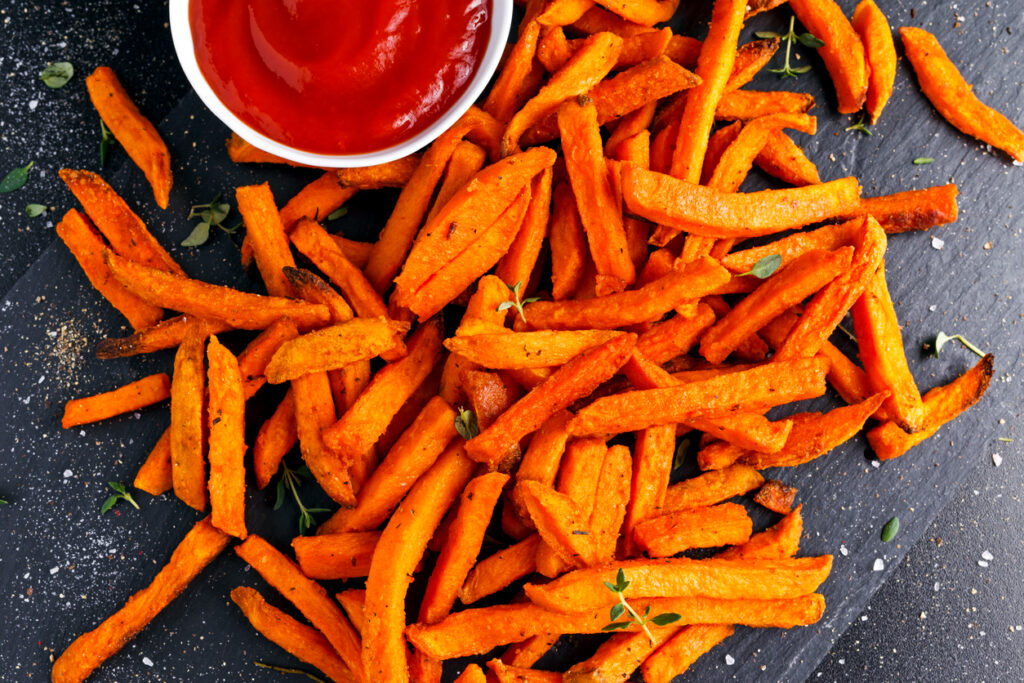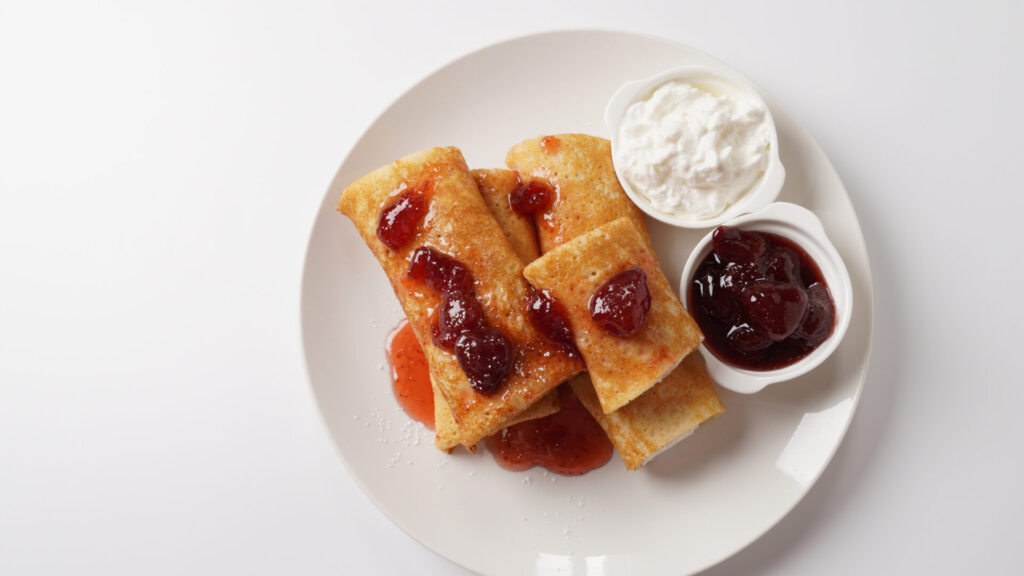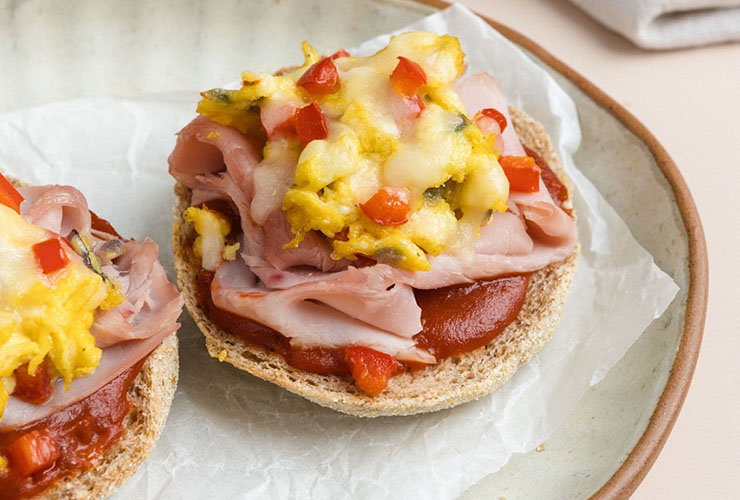
We Canadians love our pasta, but we tend to stick to the same few shapes – spaghetti, penne, macaroni and the like – and unlike in Italy, it's not common to pull together a batch of pasta from scratch on an average weeknight.
There are, it's no surprise, hundreds of pasta shapes available in Italy – and far more in regular rotation on Italian dinner tables. I was lucky enough last week to get the chance to visit the Academia Barillain Parma, Italy, in the heart of the country's food belt. Their goal: to defend and safeguard authentic Italian food products, promote the understanding of these culturally essential items and their role in Italian cuisine, and to develop and support Italian gastronomy by investing in the restaurant industry's understanding and application of Italian culinary philosophy.
To that end, on the first morning of the first day of our trip, a few new journalist friends and I attended an Italian cooking class. We made, between us, ravioli stuffed with ricotta and chard, fresh rolls, fish filets baked in open parchment boats, braised veggies and a grainy salad. But perhaps most intriguiing to me was this ultra-simple pasta they called trofie.

The dough was made even more simply than the golden, eggy dough they rolled thin to make tortelli; this was made with just flour and water, then rolled into thin ropes, cut with a pastry cutter into small bits and then rolled between your hands to make these small, rustic pasta shapes with tapered ends that reminded me of spaetzle. We stood around the table, talking and laughing as we flicked bits of dough from between our hands into the communal pile. A young journalist from Brazil reminisced about Sundays with his Italian grandmother, which he said were reminiscent of this very experience, extended family gathered around the table to assemble some pasta or another she would then cook for the big afternoon-long feast. I love this.

Homemade pasta can be intimidating, but this one is as simple as it gets – it inspired me to gather my son and his cousins around the table one day to make fresh pasta for lunch. It's basic enough to be dressed up any way you like – this version is made with potatoes and green beans and dressed with basil pesto, but I imagine trofie would do well in a traditional mac & cheese, with fresh tomato sauce and basil, or even as an Alfredo or eggy carbonara.
The measurements here are by weight, which is typical not only of European recipes but of restaurant recipes. Feel free to swap your favourite pesto recipe or streamline the process by buying some bottled.
Trofie with Pesto Genovese Style
Trofie dough:
250 g all-purpose flour
Pesto:
30 g fresh basil
2 oz. Parmigiano Reggiano, grated
1.5 oz. Pecorino cheese, grated
10 g pine nuts
1 garlic clove
200 mL extra virgin olive oil
salt, to taste
For the pasta:
100 g green peans
200 g potato, peeled and diced
Put the flour in a pile on a work surface. Make a well and pour in 25 mL water; worth with a fork, dough scraper and your fingers to combine the two. Knead until the dough is smooth and homogeneous.
Remove the pieces of dough the size of a pea and rub them between your hands or roll them on the table with his hand pressing simultaneously obtaining trofie.
To make the pesto, combine the oil and basil with a pinch of salt, garlic and pine nuts in the blender, pulse until well combined, then add the grated cheese, pulsing until it turns into pesto. Keep covered with oil.
In a large pot of salted water, boil the potatoes and beans; after 5 minutes, add the pasta and cook for another 5 minutes.
Drain all and dress it in a bowl with the pesto, thinned with a little bit of cooking water and a little olive oil. Serve immediately. Serves 6.














